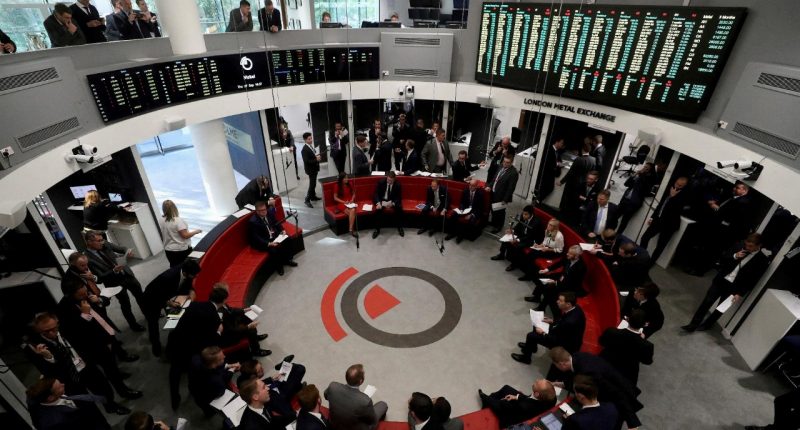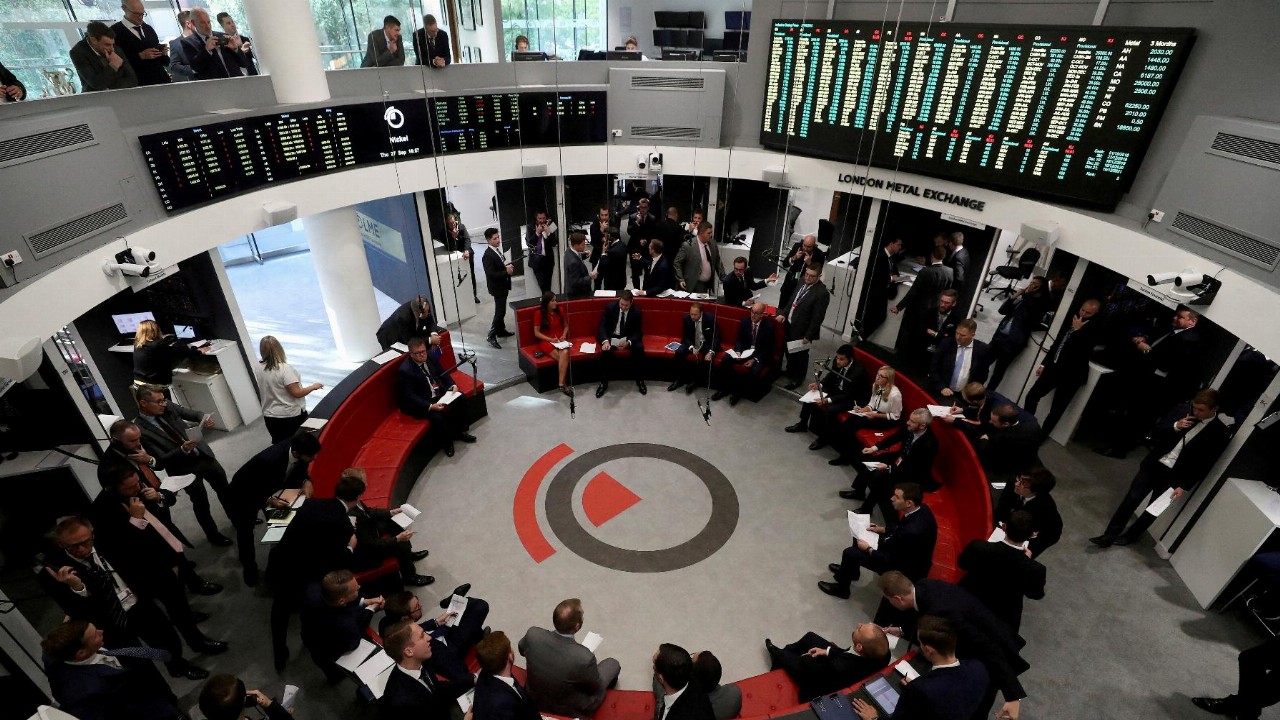- Nickel is set to resume trading on the London Metal Exchange (LME) on Wednesday after a massive short squeeze last week triggered a rare market shutdown
- The LME will allow nickel trading to resume at 7pm AEDT, but the exchange has introduced a 5 per cent limit on nickel price movements to prevent disorderly trading
- A massive short position on nickel by the world’s largest producer, China-based Tsingshan Holding Group, backfired last week when prices surged
- In response, the LME suspended nickel trading and Tsingshan struck a deal with a consortium of banks to give the company time to work out how to meet its margin calls
- Some analysts suggest by bailing Tsingshan out, the LME and banking grounds are trying to stop a potential crash of the nickel market as a whole
Nickel is set to resume trading on the London Metal Exchange (LME) on Wednesday after a massive short squeeze last week triggered a rare market shutdown.
The price of the metal skyrocketed 250 per cent in just a few days at the beginning of last week, climbing from under US$30,000 (A$41,500) per tonne on the weekend to briefly touch above US$100,000 (A$138,400) per tonne on Tuesday.
Nickel had settled at around US$80,000 (A$110,700) before the LME suspended trading of the metal for the second time in its 145-year life and cancelled Tuesday’s transactions, sparking fury among some investors.
Now, nickel trading is set to resume on the LME, but with some conditions: the exchange has introduced a 5 per cent limit on nickel price movements to prevent disorderly trading. Even with this price limit, it’s likely investors will still be cautious as they wait to see how things pan out with reopened trading.
What drove the price hike?
The world’s largest nickel and stainless steel producer, China-based Tsingshan Holding Group, has largely been blamed for the wild action on the nickel market given its massive short position on the commodity.
Billionaire Xiang Gungda, which owns the company, had essentially placed a major bet that the price of nickel would fall, with Tsingshan having sold nickel forward on the markets.
However, when nickel prices began to rise, Tsingshan and others who were shorting the metal had to buy back their contracts or put actual nickel against them. This drove prices even higher, prompting the LME to suspend nickel trading and protect Tsingshan from having to meet its margin calls.
Tsingshan reportedly now faces around US$8 billion (A$11 billion) in losses, but speculation is rising that the company could be bailed out by the Chinese Government, which has enough nickel reserves to deliver the nickel Tsingshan promised to the market as part of its bet.
Tsingshan has also reached an agreement with a consortium of banks under which the financiers agreed they would hold off on making margin calls to give Tsingshan time to work out how to honour its commitments.
Analysts have suggested the LME and major financial institutions made the call to bail Tsingshan out from its precarious position given the influence the company has over the wider nickel market — if Tsingshan crashes, there is a risk the whole market will be thrown into disarray.
“You’re too big to fail almost sometimes,” BetaShares chief economist David Bassanese said in an interview with the ABC.
“And I think this is what we’re seeing at the moment — the market closed down rather than let [Tsingshan] fail and cause the market to implode.”
Nickel will resume trading on the LME at 7pm AEDT on Wednesday.







